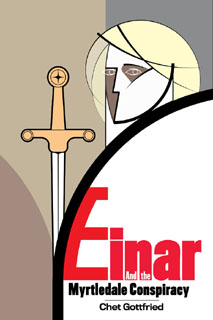In addition to this being a good year for hummingbird moths, hummingbirds have also been frequent visitors. From about the last half of August to the first nine days of September, whenever I looked outside, I saw a ruby-throated hummingbird feeding, either at hyssop, butterfly bush, or the rose of Sharon blossoms.
My rose of Sharon stands about 8 or 9 feet tall and is a beacon for incoming hummingbirds.

Most of the hummingbirds stopping here do not have a ruby-colored throat, because they are either a female or an immature.

Yes, hummingbirds don’t always hover. They can perch on anything they choose.

Of course, it is completely natural for a ruby-throated hummingbird to hover. (Hummingbirds don’t need much rest.)






